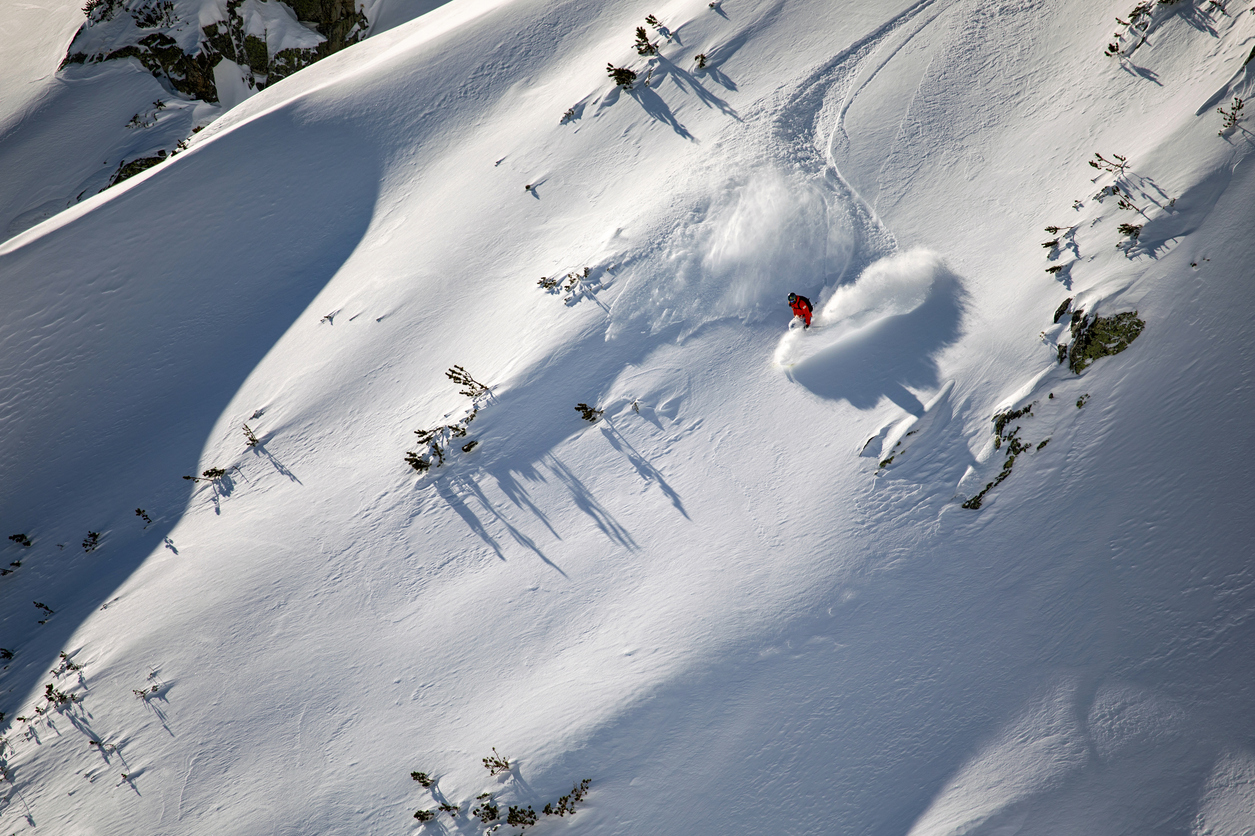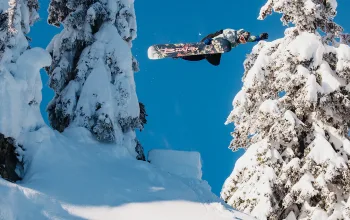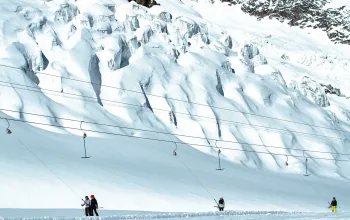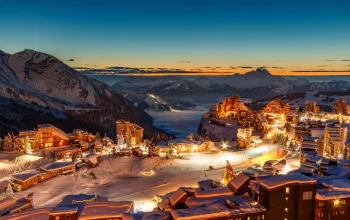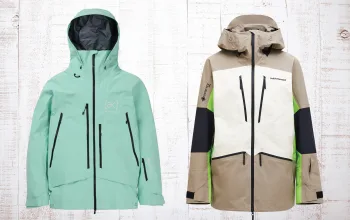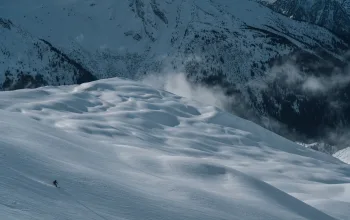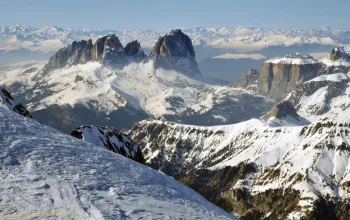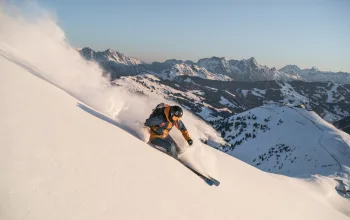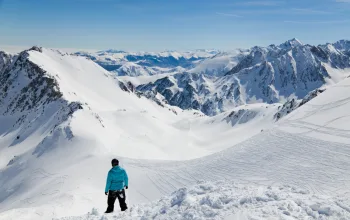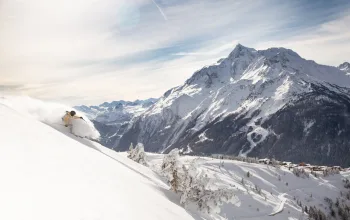There was a time when Eastern Europe was a byword for cheap and cheerful ski holidays, with perhaps a side-order of food or alcohol poisoning if you were unlucky and/or particularly intent on indulging in the local firewater. Those days, however, are long gone.
The past two decades have seen significant investment in the region and the development of some truly world class resorts. Central and Eastern Europeans have always been blessed with spectacular scenery, of course. Whether it’s the Accursed Mountains of Montenegro, the rugged Tatra range in Poland and Slovakia, or the dramatic slopes of the Caucasus in Georgia.
"Whether it's Accursed Mountains of Montenegro, the rugged Tatra range in Poland, or the dramatic slopes of the Caucasus in Georgia, the scenery is spectacular"
With modern lift systems and new snow canons ensuring reliable conditions, resorts here can now offer long seasons with consistent skiing, like those further west. At the same time many of them have retained their local charm, with family-run hotels, restaurants serving regional cuisine, and far smaller crowds than you’d find in the mega-resorts of France, Austria, or Switzerland.
Best of all, while the facilities have improved, the prices for everything—from hotels, to taxis, to liftpasses—remain incredibly competitive. Whether you’re a beginner seeking gentle terrain or an experienced skier hunting out steep descents and backcountry adventure, these ski resorts showcase the very best of skiing in Central and Eastern Europe.
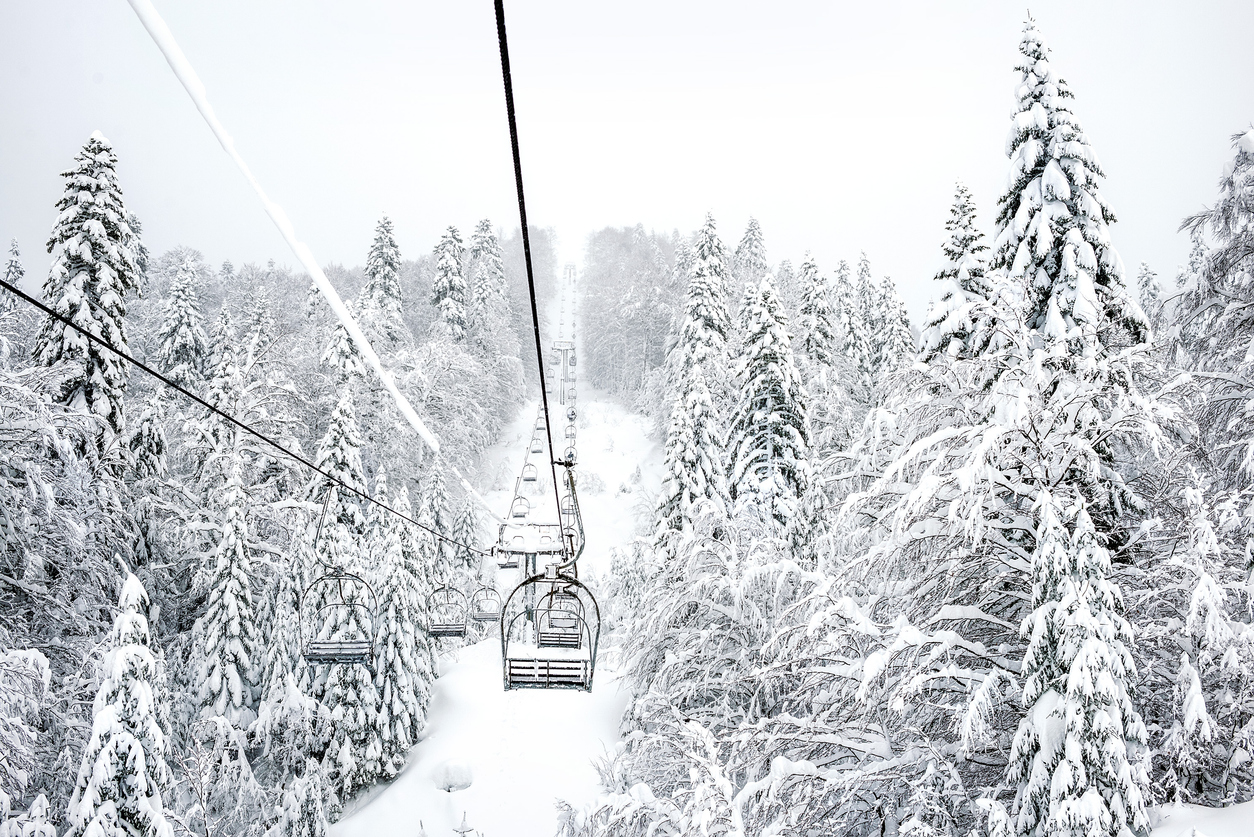
Kolašin, Montenegro
Perched on the slopes of the Bjelasica Mountains, Kolašin is Montenegro’s leading ski resort, and one of the most exciting destinations in the Balkans for snow lovers. Its main ski areas, Kolašin 1450 and Kolašin 1600, are connected by modern lifts, giving skiers access to more than 45 km of pistes, many of which wind through fragrant pine forests. The altitude (up to 2,073m) and regular snowfall mean the season stretches from December into spring.
Most pistes here are red or blue, making Kolašin perfect for intermediate skiers, but there are some steeper slopes for more advanced riders and freeride zones off the marked trails. It’s also a fantastic resort for families—the terrain is manageable, the lift system is easy to navigate, and the laid-back atmosphere makes it a stress-free option.
Kolašin’s town retains an authentic Montenegrin feel, with cosy guesthouses and hearty restaurants serving mountain fare like kacamak (a creamy cornmeal dish), grilled meats, and ajvar, the delicious balkan staple made of grilled red peppers.
Après ski is relaxed, typically centred on local taverns rather than noisy clubs, but the warmth of the hospitality more than makes up for it. Add in the fact that lift passes are a fraction of the cost of Alpine resorts, and Kolašin is one of the best-value ski destinations in Europe.
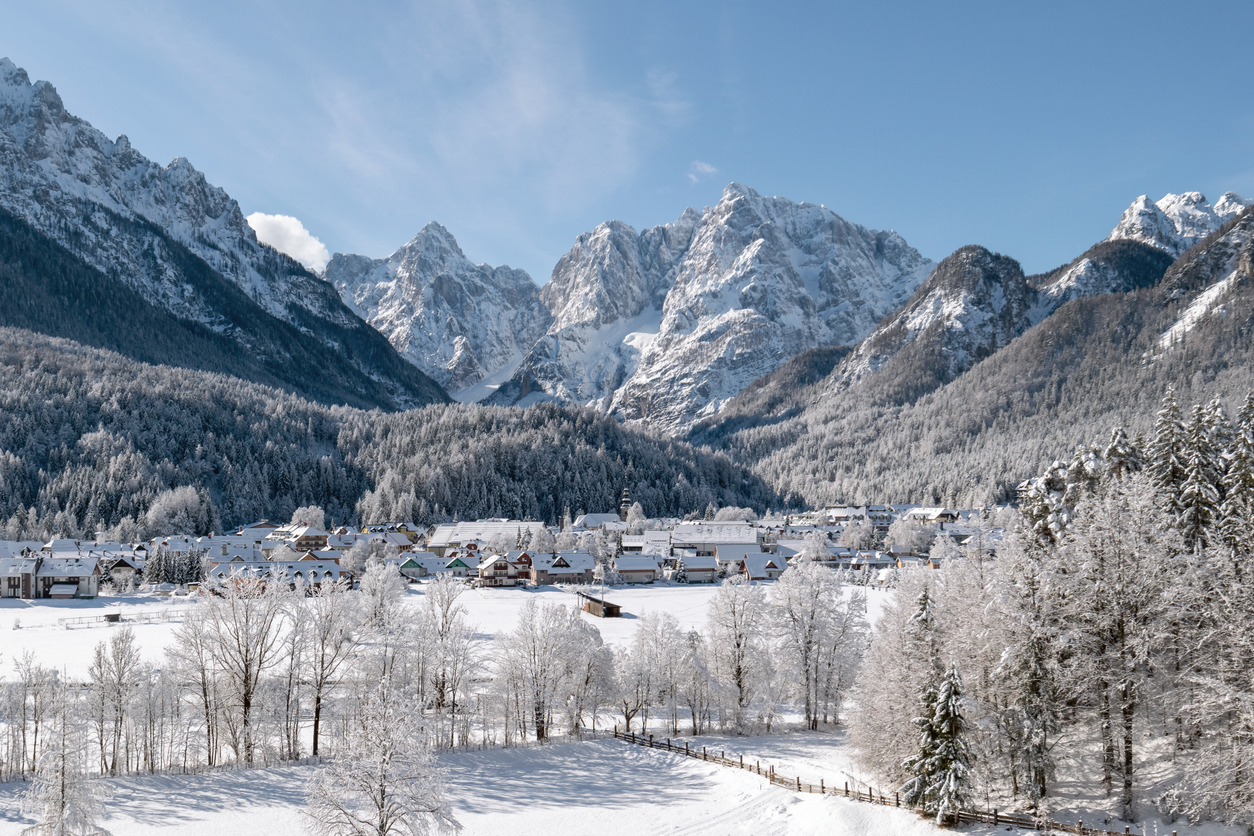
Kranjska Gora, Slovenia
Set at the foot of the Julian Alps near the triple border of Slovenia, Italy and Austria, Kranjska Gora is a pretty ski resort town known for its rugged scenery, excellent beginner terrain, and World Cup slalom course. With altitudes ranging from 800 to 1,215m, it’s not the highest in the region, but extensive snowmaking ensures snow during the season from December to March.
The 20 km of pistes here are ideal for families and beginners, with gentle slopes fanning out from the base of the village. Intermediates will find enjoyable cruising terrain on the Vitranc slopes, while experts can test their skills on the Podkoren run—the World Cup slalom. There are also cross-country trails that run deep into the surrounding forests.
Kranjska Gora’s compact, walkable village has a warm, Alpine character, with plenty of family-run hotels, welcoming cafés, and mountain restaurants serving Slovenian specialities. Off the slopes, winter hiking and snowshoeing are popular, and there are spa hotels for those who want to relax after a day on the snow.
Best of all, Kranjska Gora is just a short drive from Ljubljana, making it easy to access for a long weekend. It’s a resort that combines charm, good skiing, and accessibility, and its cheaper even than the best resorts in neighbouring Italy.
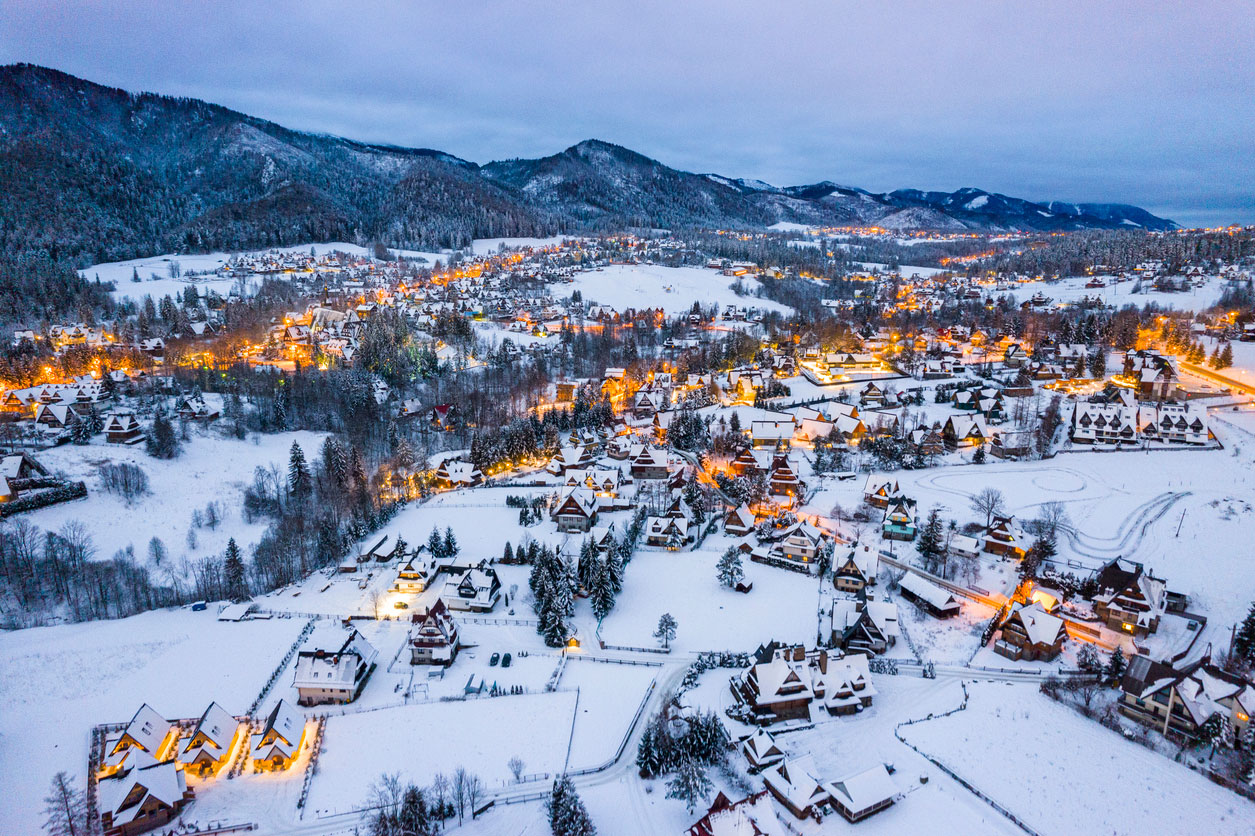
Zakopane, Poland
Known as the “Winter Capital of Poland,” Zakopane, in the Tatra Mountains that form the southern border with Slovakia, has been attracting snow lovers for over a century. Its ski terrain is split across several small areas, the most famous being Kasprowy Wierch, which reaches an altitude of 1,987m. A modern cable car whisks skiers from town to the summit, where wide, sweeping red and black runs descend into the valley.
While Zakopane doesn’t offer the vast interconnected terrain of the Three Valleys or Verbier, it more than makes up for it with variety. Beginners can learn on the gentle slopes of Gubałówka or Nosal, while more experienced skiers and snowboarders can enjoy challenging descents from Kasprowy Wierch and some excellent off-piste when conditions allow.
Zakopane’s biggest draw is its atmosphere. There’s a lively après-ski scene—think cosy taverns serving grilled oscypek cheese, live folk music, and plenty of vodka—and there are also thermal baths nearby for post-ski relaxation.
Lift passes and accommodation are excellent value, and while you won’t find the same hyper modern lifts as in the Alps, Zakopane offers a wonderfully local, cultural ski experience in a stunning setting.
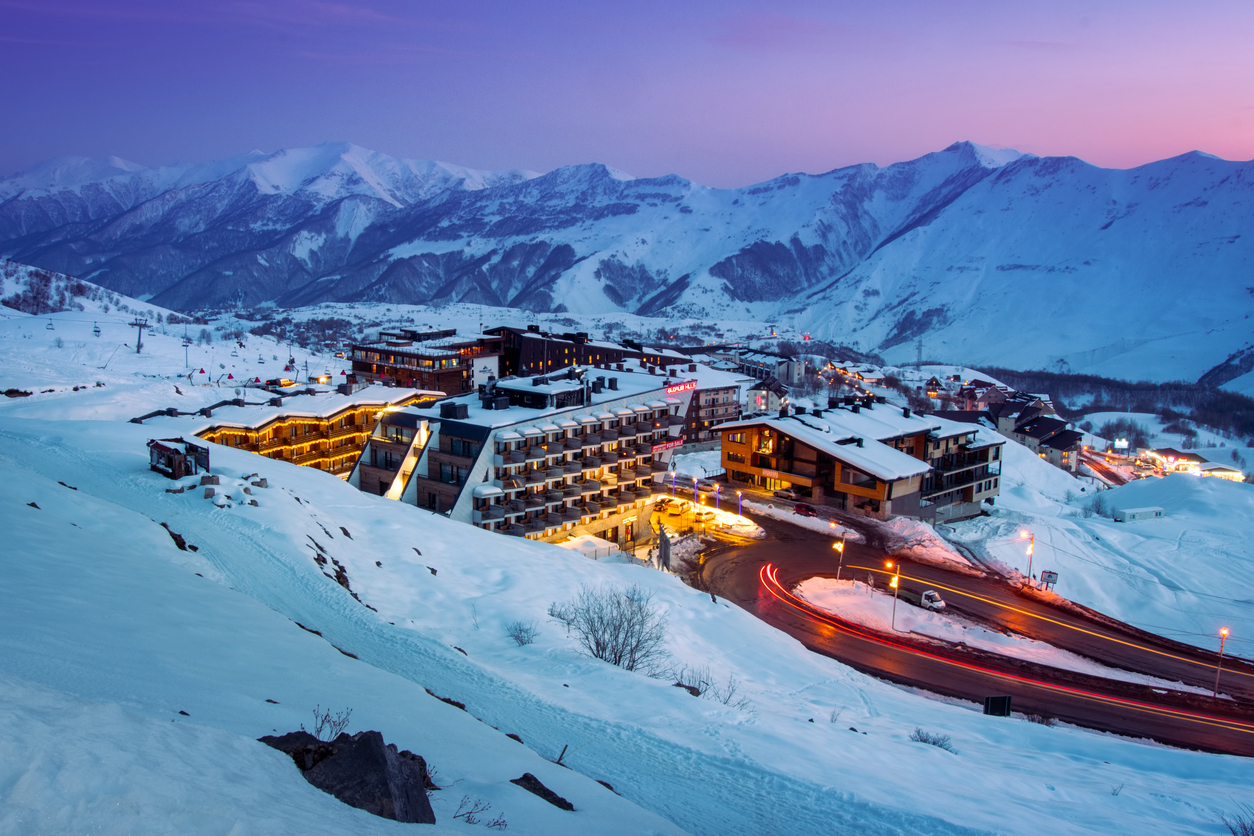
Gudauri, Georgia
Perched high in the Caucasus Mountains, just a two-hour drive from Tbilisi, Gudauri has rapidly gained a reputation as one of Europe’s most exciting emerging ski destinations. With a village that sits at 2,200m—a hundred metres higher than Tignes—and lifts rising to 3,276m, it boasts some of the best snow conditions and most dramatic scenery anywhere in Europe.
Gudauri’s lifts serve 80km of pistes, primarily made up of long, wide reds and blues perfect for intermediates. But it’s the freeride and backcountry opportunities that have made it famous—the treeless slopes and deep powder are a paradise for powder hounds. Heliskiing is also available at a fraction of the price of the Alps.
The resort village itself is compact and modern, with plenty of new hotels and apartments, as well as more traditional guesthouses. Après ski is lively but still retains a friendly, unpretentious vibe. The Georgians have a legendary reputation for hospitality, as well as one of the best national cuisines anywhere in the world. Gorge yourself on khachapuri (cheese bread), and prepare for toasts that will go on late into the night.
For those seeking a proper adventure without Alpine prices, Gudauri is one of the most exciting ski resorts in Central and Eastern Europe.
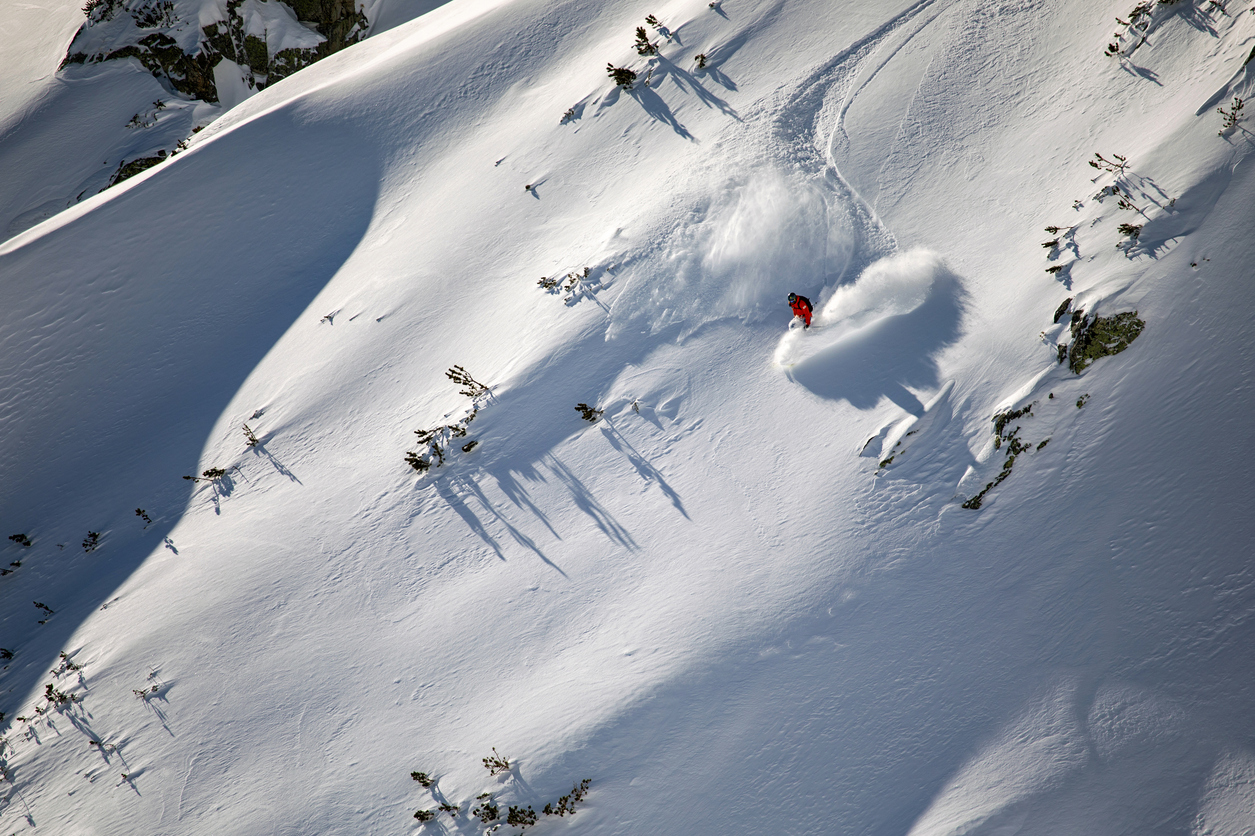
Bansko, Bulgaria
Bulgaria’s Bansko has undergone a remarkable transformation over the past two decades, evolving from a quiet mountain town to one of the most popular ski resorts in Eastern Europe. Located at the foot of the Pirin Mountains, the resort offers 75km of pistes, served by a modern lift system, including a gondola that connects the town to the main ski area.
The majority of Bansko’s runs are red or blue, making it perfect for intermediates, but there are several long black runs — including the challenging Tomba descent — that will keep advanced skiers entertained. The season typically runs from December to April, with reliable snow bolstered by extensive snowmaking.
Bansko’s town centre is a charming mix of cobbled streets and traditional mehanas (taverns), where skiers gather for hearty food and inexpensive après. It’s also known for its good-value accommodation and lift passes, making it a great choice for families or those looking for a budget-friendly ski break.
In recent years, Bansko has hosted FIS World Cup events, giving it some serious sporting credibility to go alongside its growing popularity with international visitors.
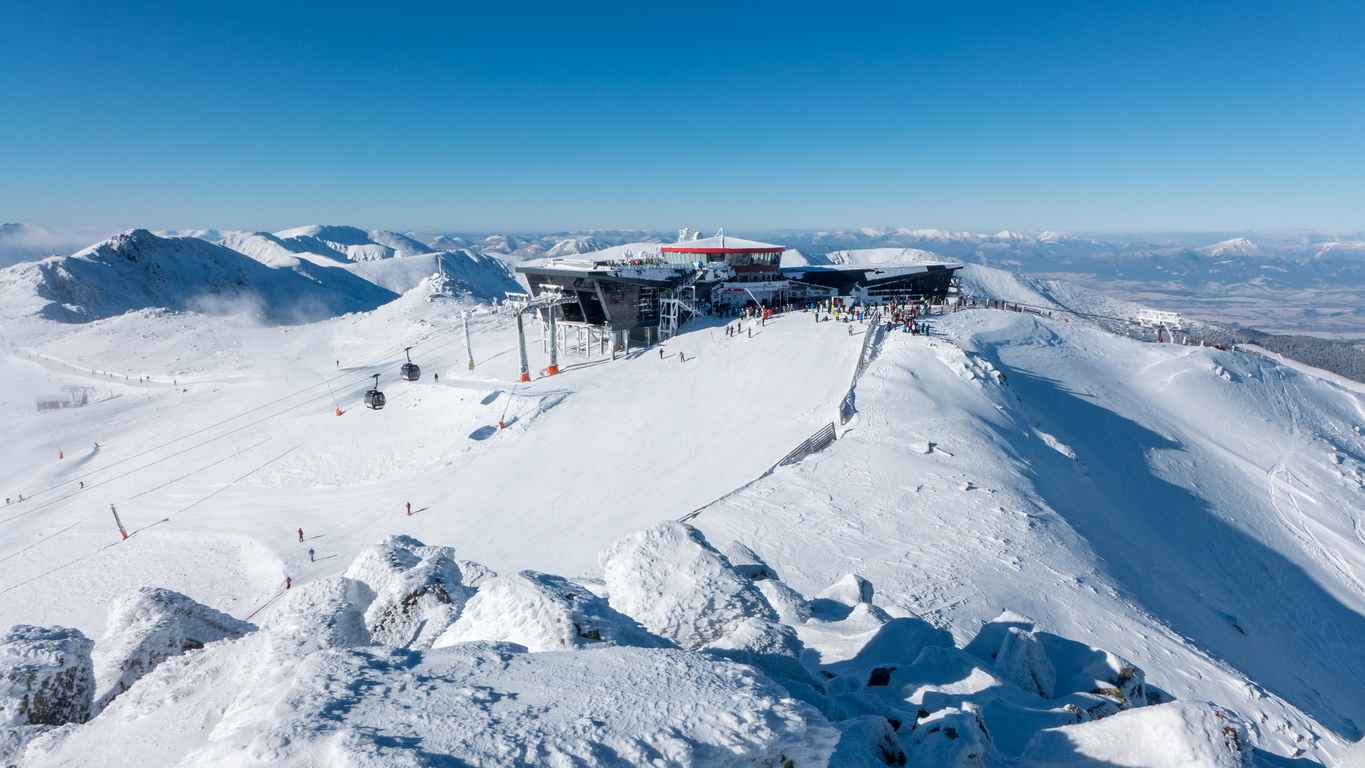
Jasná, Slovakia
Located in the Low Tatras National Park, Jasná is Slovakia’s premier ski resort and a great spot for skiers who want amazing terrain without the crowds. Its location on both the northern and southern slopes of Mt. Chopok (2,024m) means there’s a good variety of runs and reliable snow, with 50km of pistes and several excellent, dedicated freeride zones.
The northern side of the mountain is ideal for beginners and intermediates, with wide, confidence-building blue and red runs. The southern side is steeper, appealing to more advanced skiers. Snowparks and freeride zones add to the resort’s appeal for snowboarders and off-piste enthusiasts.
Jasná has invested heavily in its lift system, so getting around is quick and efficient. The après scene is lively but affordable, with plenty of slope-side bars, traditional Slovak restaurants, and spas in nearby towns like Liptovský Mikuláš.
While much less well-known than the best ski resorts in France, Austria, or Italy, Jasná offers Alpine-quality skiing at a fraction of the price, and with a friendly, local vibe that’s hard to find elsewhere.
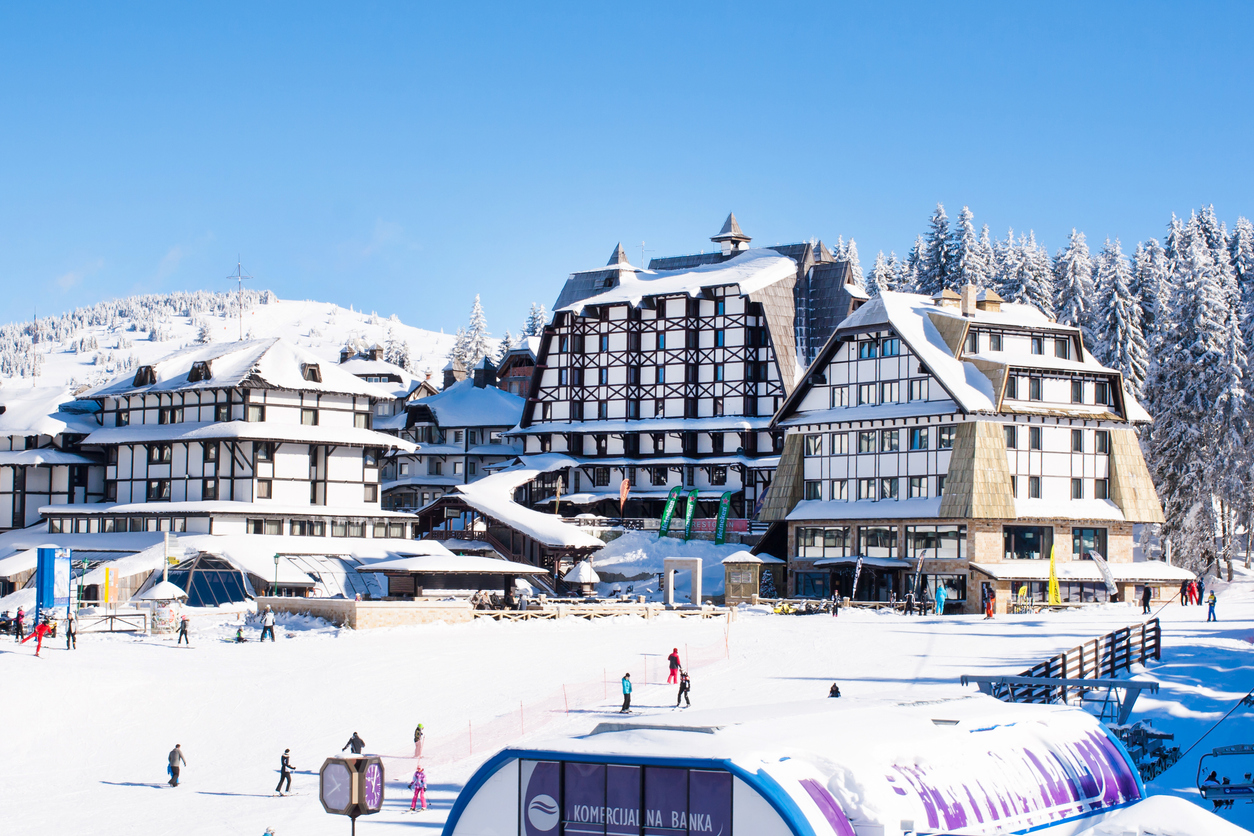
Kopaonik, Serbia
Serbia’s Kopaonik is a winter sports hub set on a high plateau in the country’s central mountains. With 55km of groomed pistes and a ski area that tops out at 2,017m, it offers plenty of terrain for beginners and intermediates, alongside a few steeper runs and freeride zones for more experienced skiers.
Kopaonik is known for its excellent ski school, making it an great choice for families and first-timers. The runs are well-maintained, the lift system is modern, and snowmaking ensures a reliable season from December through early April. There’s also a snowpark for freestylers.
Off the slopes, Kopaonik has one of the liveliest après ski scenes in the Balkans—and this is a region that likes to party, so that’s saying something! Food and drink are excellent value, with hearty Serbian mountain fare and local wines on offer.
The surrounding Kopaonik National Park adds to the resort’s appeal, offering beautiful forest scenery and winter hiking trails.
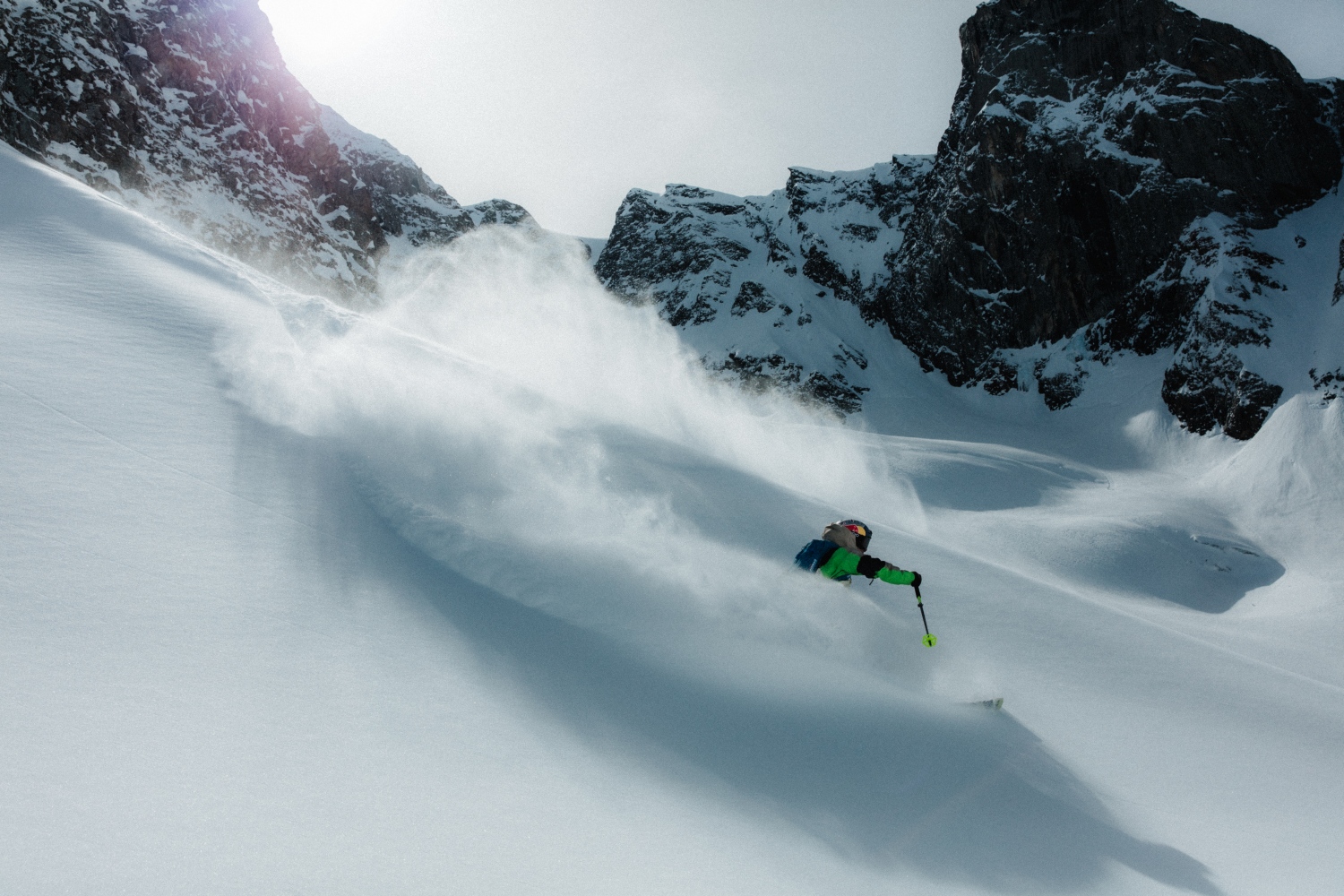
Mestia, Georgia
For really adventurous skiers seeking something off the beaten track, Mestia in Georgia’s remote Svaneti region offers infinite possibilities. Surrounded by some of the highest mountains in the Caucasus Mountains—including Tetnuldi (4,858m) and Ushba (4,710m)—the town is fast transforming, with new hotels and apartments springing up each year. But it still maintains much of its original architecture, from its distinctive medieval towers down, and all of its original charm.
The resort skiing is spread over two areas, Tetnuldi and Hatsvali where lifts reach elevations of up to 3,165m. Tetnuldi, the larger of the two, has long, wide intermediate runs and near-endless off-piste potential, with breathtaking views of Ushba, often called the “Matterhorn of the Caucasus.” Hatsvali, closer to Mestia town, offers more sheltered slopes and is perfect for beginners or storm days.
When it comes to ski touring, you’re spoiled for choice. And Georgia’s guides are IFMGA-accredited, meaning safety standards match those in Western Europe. There’s also at least two heli-skiing operations based in town—just one of many reasons SNOW referred to Mestia as a freeride paradise when we visited back in 2023.
On of the best reasons for travelling to Georgia, however, is the culture. Georgians are warm, welcoming, and have been making wine for over 8,000 years—archaeological evidence suggests it was actually invented here—so they really know how to treat guests right. The food, as we mentioned above is stunning.
Getting to Mestia involves a flight to Kutaisi or a long drive from Tbilisi. But for those willing to make the journey, Mestia rewards with wild scenery, uncrowded slopes, and a sense of discovery few ski resorts can match.
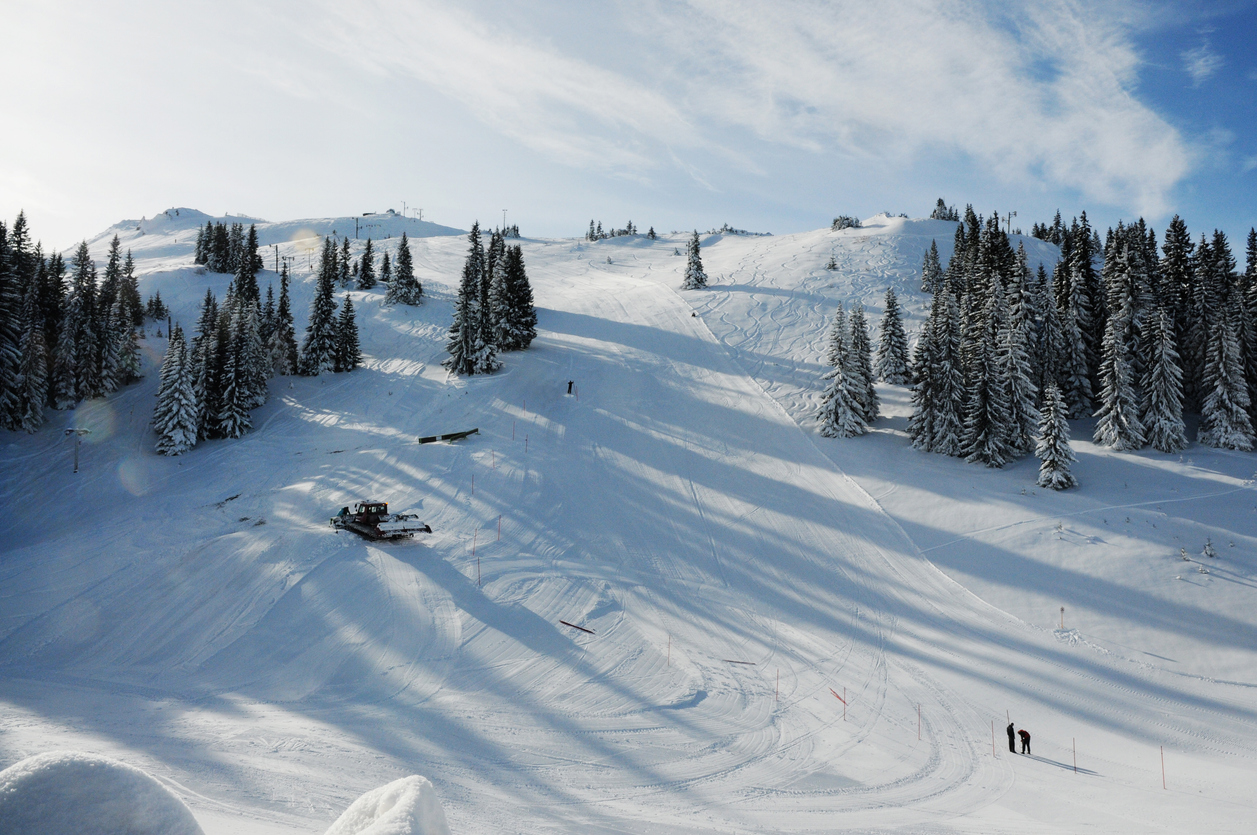
Jahorina, Bosnia and Herzegovina
Jahorina, just 30 minutes from Sarajevo, has a fascinating history. It was the site of the alpine skiing events at the 1984 Winter Olympics, and then a heavily-fortified Serbian artillery position during the seige of Sarejevo. In recent years, it has been reborn as Bosnia’s best ski resort, with 47km of pistes, modern lifts, and a lively atmosphere.
Set between 1,300 and 1,900m, the resort offers gentle terrain for beginners, cruisey blues and mellow reds. Recent investment has upgraded the lift infrastructure and snowmaking, making Jahorina more reliable than ever.
The main reason to visit, however, is its proximity to Sarajevo—you can be on the slopes within an hour of landing at the airport, so you can combine skiing with a city break, or pop down to town for a night out. Once associated with war, Sarejevo has been entirely rebuilt and is now one of Eastern Europe’s buzziest and most happening capitals.
Up in the resort, après ski is friendly and affordable, with a mix of mountain huts, hotels, and bars offering lip-smacking Balkan food and strong rakija.
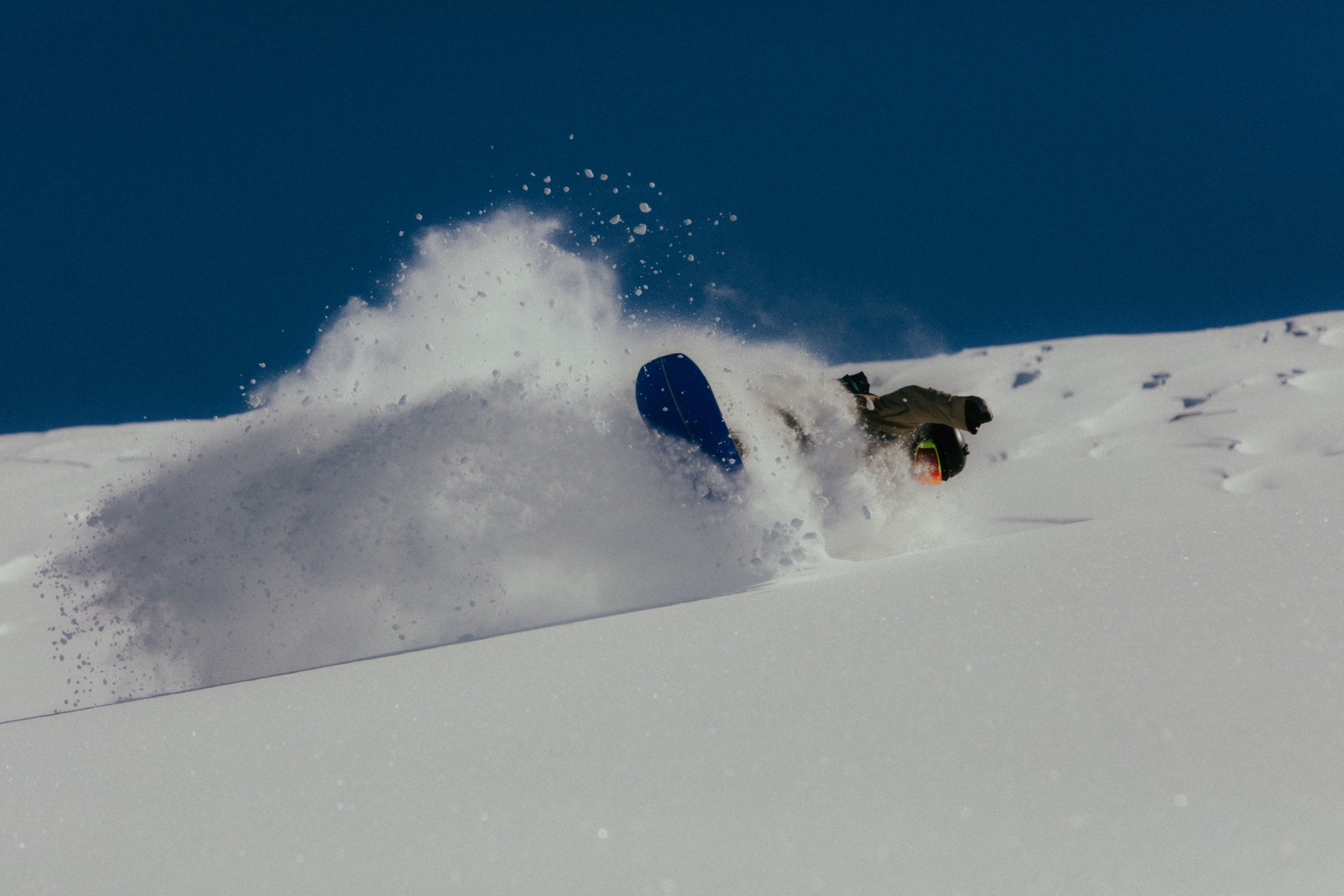
Erciyes, Turkey
Towering above the Anatolian plains near the ancient city of Kayseri, Mount Erciyes is Turkey’s most impressive ski resort. The mountain itself is a dormant volcano, complete with a dramatic, jagged crater at the top. With lifts reaching 3,391m and a long season from November to April, Erciyes offers big-mountain skiing at a fraction of Alpine prices.
Laid out by an Austrian company, with state of the art lifts and infrastructure, Erciyes is an impressive operation. The resort has around 100km of groomed runs, ranging from gentle blues to challenging reds and blacks. Its high altitude and modern snowmaking ensure excellent snow quality, and the wide, open terrain makes it ideal for carving. There are also awesome freeride options, and the lack of crowds is a major bonus.
The resort attracts an international crowd—SNOW met several Russian exiles when we visited in 2023—and while the après is Austrian-level banging, you can find places to party if you like. Turkish food is, obviously, a huge part of the appeal, as is the culture. It’s worth spending a day visiting the nearby UNESCO World Heritage site of Cappadocia, with its cave dwellings and fairy chimneys.
But perhaps the best thing about Erciyes are the liftpass prices. They’re sold individually, and you can currently get a 14-ride lift pass, which will probably do you for a day, for 700 Turkish Lira—or £12.55. A combination of all of these factors recently earned Erciyes a coveted place on our list of the Best Ski Resorts in the World.



